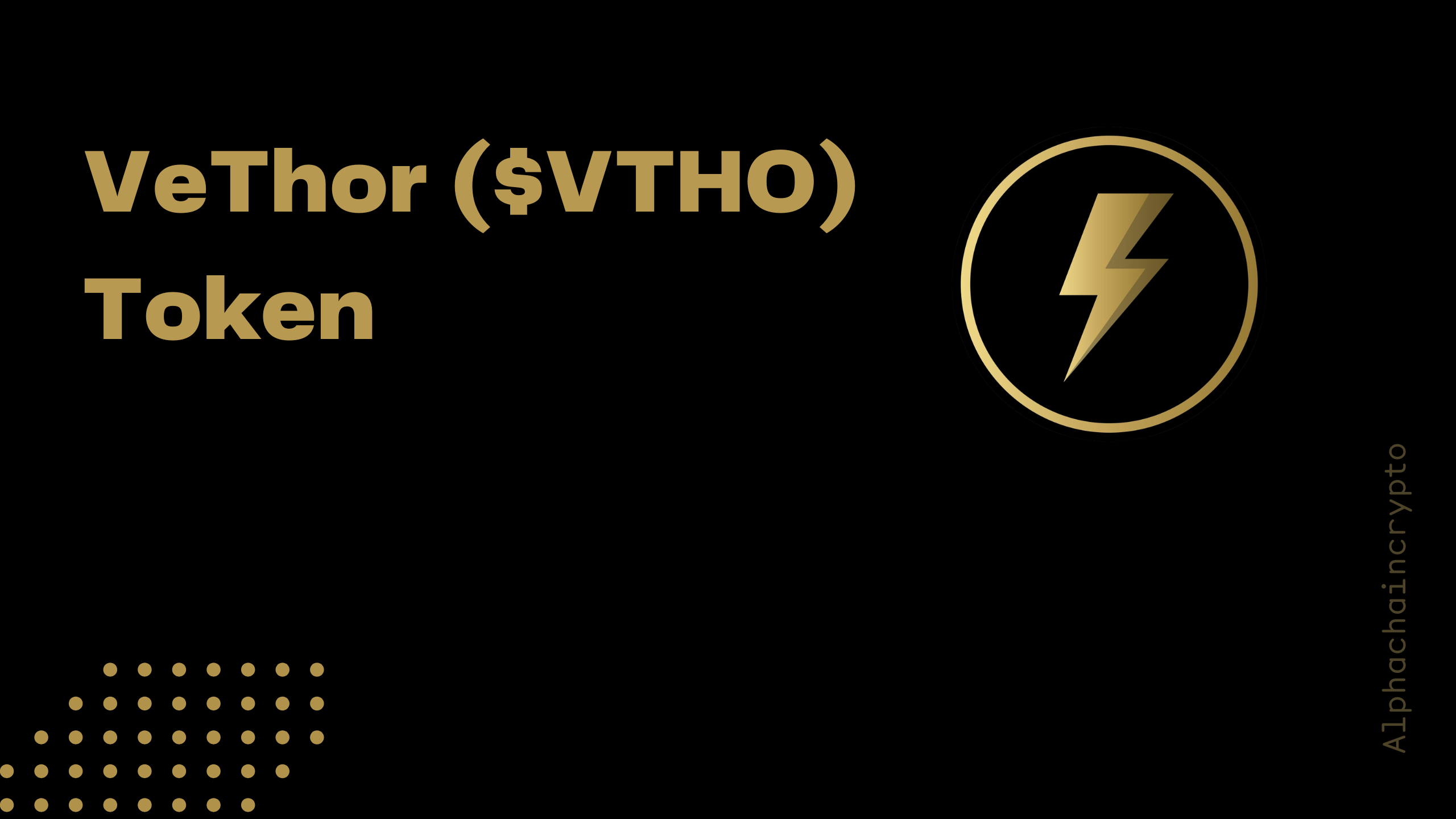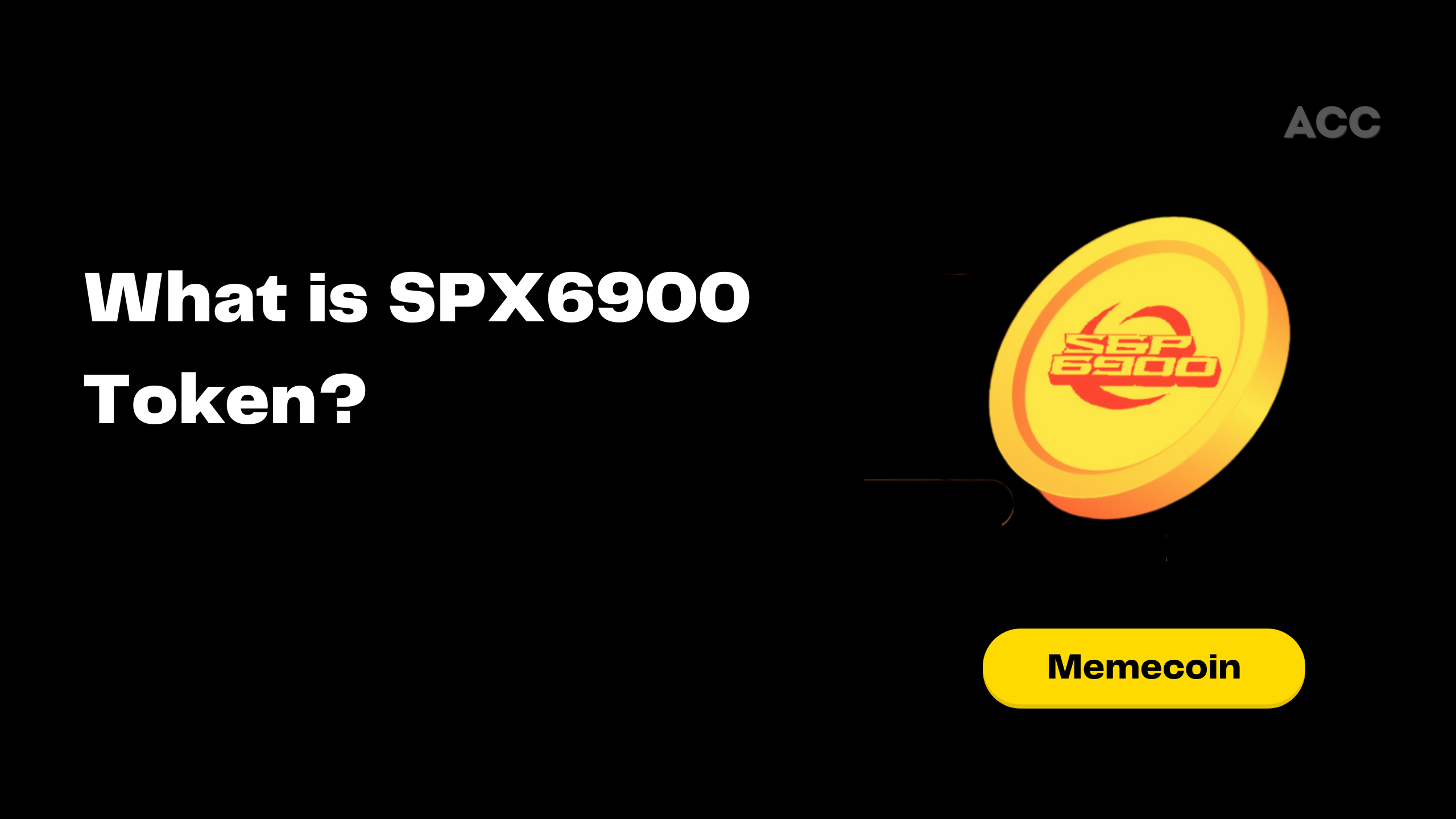The cryptocurrency and blockchain industry is ever-evolving, introducing new technologies and platforms to revolutionize the digital world. One such notable innovation is TRON. It has gained attention due to its unique architecture and vision of building a decentralized internet. But what exactly is TRON, and how does it differentiate itself from other blockchain platforms? This article will delve into the intricacies of TRON, covering its history, core components, functionalities, and potential impact on the future of the internet.
Introduction to TRON
TRON is a blockchain-based decentralized platform founded by Justin Sun in 2017. The primary aim of TRON is to create a global digital content entertainment system that enables content creators to directly connect with their audiences. By eliminating intermediaries like Google Play and Apple’s App Store, TRON aims to decentralize the internet and enable peer-to-peer (P2P) content sharing.
The TRON network uses its own cryptocurrency, TRX , which powers its blockchain and is used for transactions within the ecosystem. TRX serves as the fuel for all applications running on the TRON platform and allows users to access various content and services without the need for third-party platforms that charge hefty commissions.
History and Evolution of TRON
TRON was initially launched as an ERC-20 token on the Ethereum blockchain, but it quickly transitioned to its own mainnet in June 2018. This move marked the independence of TRON from Ethereum and established it as a standalone blockchain platform. Since then, TRON has made several notable acquisitions, including the purchase of BitTorrent, a leading file-sharing service, to strengthen its decentralized content-sharing capabilities.
Over the years, TRON has grown significantly in terms of ecosystem development, with numerous dApps (decentralized applications) and DeFi (decentralized finance) projects being built on its platform. It has positioned itself as a formidable competitor to Ethereum, especially in the areas of scalability and transaction speed.
Key Components of TRON
Understanding TRON’s architecture is crucial to grasping how it operates and its advantages over other blockchains. TRON is structured in three main layers:
- Core Layer: This layer consists of multiple modules, including smart contracts, account management, and consensus mechanisms. TRON uses a consensus mechanism called Delegated Proof-of-Stake (DPoS), which enhances the network’s efficiency and security. The core layer also supports the TRON Virtual Machine (TVM), which is compatible with Ethereum’s EVM, making it easier for developers to port their Ethereum-based projects to TRON.
- Application Layer: This layer is where developers can create and deploy dApps on the TRON blockchain. The TRON platform supports smart contracts, enabling developers to build a wide range of applications, from games and DeFi solutions to NFT marketplaces.
- Storage Layer: The storage layer of TRON uses a distributed storage protocol to store blockchain data and other user-generated content. This decentralized storage solution ensures data security, high throughput, and reduces latency for applications.
How TRON Works: Consensus and Governance
TRON’s consensus mechanism, Delegated Proof-of-Stake (DPoS), is a variation of the traditional Proof-of-Stake (PoS) model. In DPoS, TRX holders vote to elect 27 Super Representatives (SRs) who are responsible for validating transactions and creating new blocks on the TRON blockchain. These SRs are rewarded with TRX for their services, and they can distribute these rewards to the users who voted for them.
This governance model democratizes the network’s operations, allowing the community to have a say in key decisions such as protocol upgrades and network maintenance. Unlike the Proof-of-Work (PoW) mechanism used by Bitcoin, DPoS is energy-efficient and allows for faster transactions.
TRON vs. Ethereum: Key Differences
While TRON and Ethereum share some similarities, they have significant differences that set them apart. Here’s a quick comparison:
- Transaction Speed and Scalability: TRON boasts a high throughput, with the ability to handle up to 2,000 transactions per second (TPS), compared to Ethereum’s average of 30 TPS. This high speed is achieved due to the DPoS consensus mechanism.
- Transaction Fees: One of the major selling points of TRON is its zero transaction fees for simple transfers, making it an attractive option for microtransactions. In contrast, Ethereum users often experience high gas fees during network congestion.
- Decentralization and Security: Ethereum is considered more decentralized than TRON because it has more independent nodes validating transactions. However, TRON’s DPoS mechanism makes it more secure against certain types of attacks and ensures a faster confirmation time.
- Developer Ecosystem: Ethereum has a larger and more mature developer ecosystem, with more dApps and DeFi projects than TRON. However, TRON is rapidly catching up by offering better incentives and easier porting options for Ethereum-based projects.
Use Cases and Applications of TRON
TRON’s unique attributes have led to a variety of use cases and applications within its ecosystem. Some of the most notable include:
- Content Sharing: TRON allows content creators to publish, store, and share their content directly with consumers, eliminating the need for intermediaries and enabling better revenue models.
- Decentralized Applications (dApps): With a robust dApp ecosystem, TRON supports various applications, from games to decentralized finance (DeFi) platforms, offering users a wide range of services.
- NFT Marketplaces: TRON is also venturing into the NFT space, providing a platform for artists and creators to tokenize their digital content and trade it on the blockchain.
- File Sharing (BitTorrent): By acquiring BitTorrent, TRON has integrated the BitTorrent Token (BTT) to incentivize file sharing on the BitTorrent network, making it more efficient and rewarding for participants.
Future Prospects and Challenges
The future of TRON looks promising, especially as it continues to expand its ecosystem and form strategic partnerships. Its high transaction speed, low fees, and focus on decentralized content creation make it a strong contender in the blockchain space. However, TRON also faces challenges such as regulatory scrutiny and competition from other platforms like Ethereum, Binance Smart Chain, and Solana.
Conclusion
TRON is more than just a cryptocurrency; it’s a comprehensive blockchain ecosystem with a vision to decentralize the internet. By empowering content creators and providing an efficient platform for dApps, TRON has carved a niche for itself in the blockchain industry. Whether you’re a developer, investor, or tech enthusiast, understanding TRON’s functionalities and potential impact is essential in today’s digital landscape.

A.k.a – alpha girl. Vinita is the founder of Alphachaincrypto. An English Lit Majors, Vinita bumped into Web3 in 2020 only to realise that tech was her calling. Later, Mathreja worked for some notable brands like Near Education, Biconomy, CoinDCX and top of the line crypto start ups.





